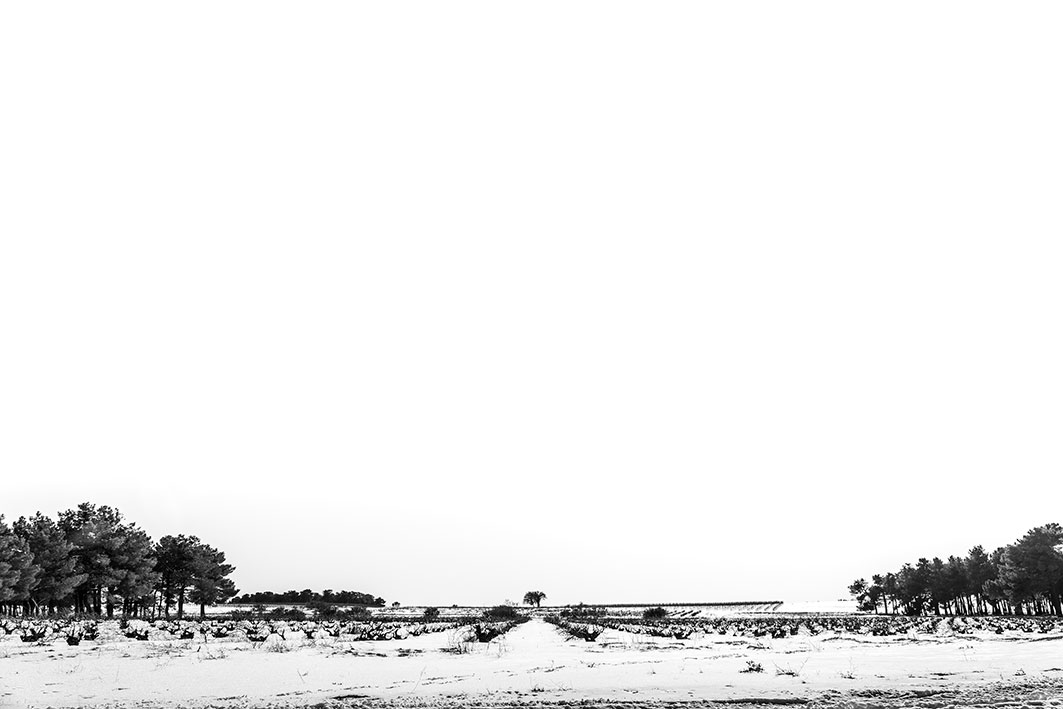ENGAGEMENT
“A society grows well when people plant trees whose shade they know they will never enjoy.”
Greek Proverb
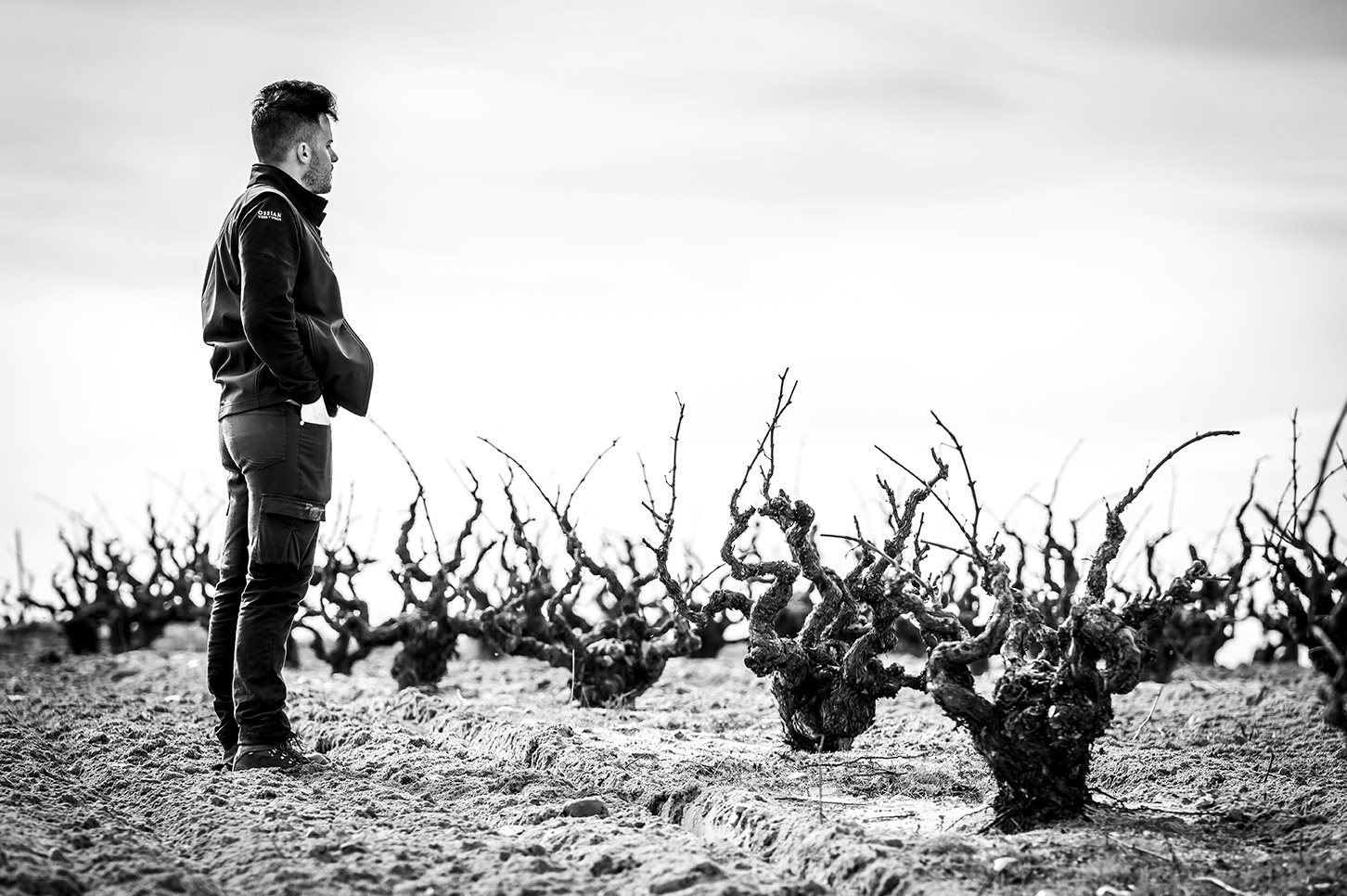
Winegrowing heritage
Nieva, Segovia
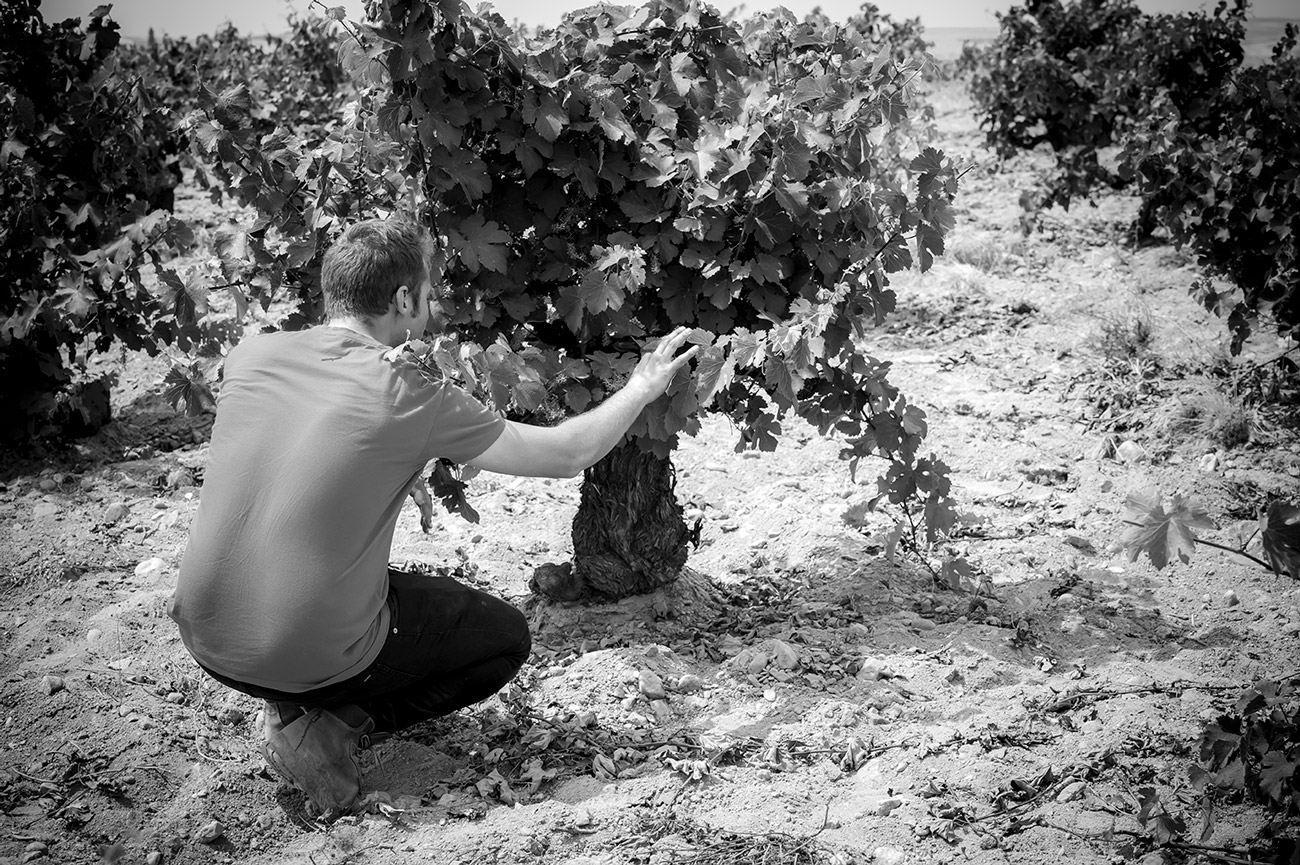
Genuine old vine
At Ossian we perpetuate a legacy that goes back five centuries. We work to maintain and recover centenary vineyards that were not decimated by phylloxera, in a land of privileged soils and an extreme climate that marks the character of the ancestral and authentic verdejo.
Natural resistance to phylloxera
Sandy matrix
Most of our vineyards in and around Nieva are rooted in sandy matrix soils. The pine forest soil becomes not only a geographical reference but also a key feature for the historical preservation of the vines that grew here.
A natural defense
This was key for the phylloxera plague of the late 19th century to barely affect the Nieva vineyard: the larvae of the insect cannot thrive in the sandy texture. Thanks to this natural defense, today we find here ungrafted vines, that is, vines that predate phylloxera.
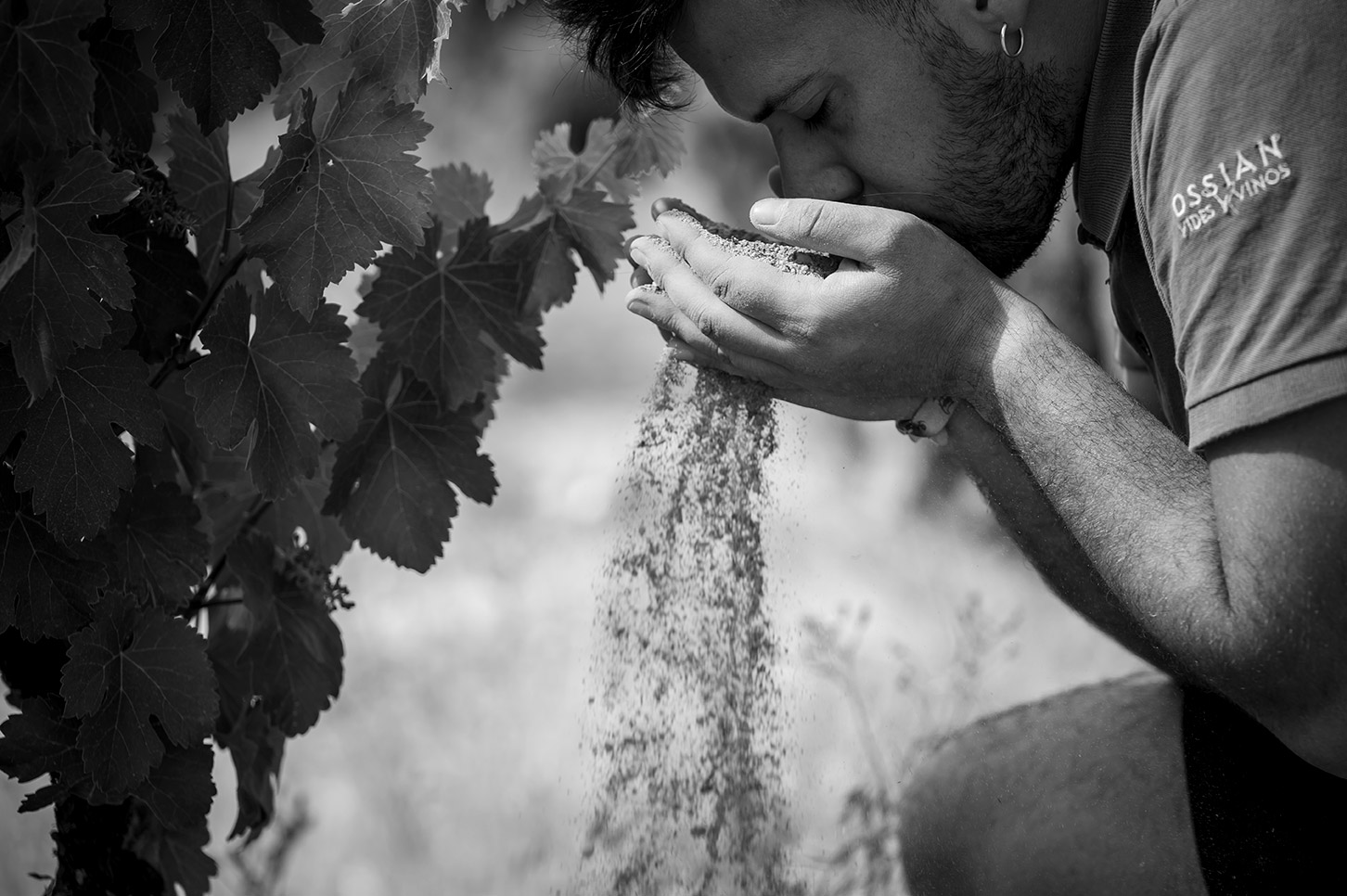
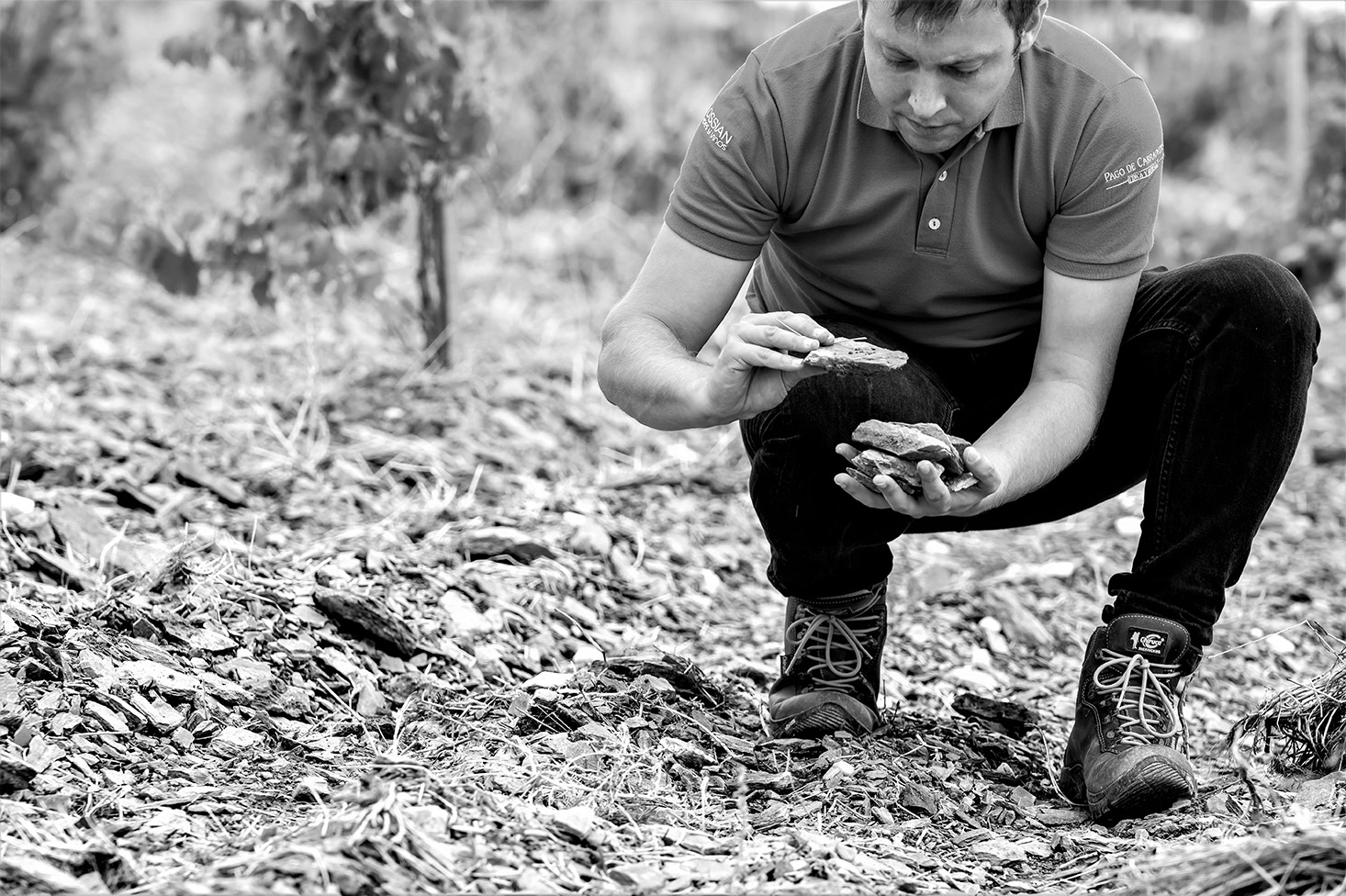
The soils
Two eras converge in the countryside of northern Segovia. The Paleozoic materials, formed 500 million years ago, meet the Tertiary soils, which date back 25 million years.
The weather
A demanding environment
At an average altitude of 900 meters above sea level, even exceeding 1,000 meters in some plots, conditions are extreme. Even for vines that have seen decades of growth. During the winter temperatures reach temperatures of up to fifteen degrees below zero, which contrasts with dry and hot summers, which exceed thirty degrees Celsius on a recurring basis.
Contrasts that mark the character
The snows, which visit us frequently in the coldest seasons, cover the seas of pine forests and vineyards, giving them a magical aspect. The summer, on the other hand, subjects the vines to intense but balanced water stress. All these characteristics further condition the marked varietal character of our wines.
